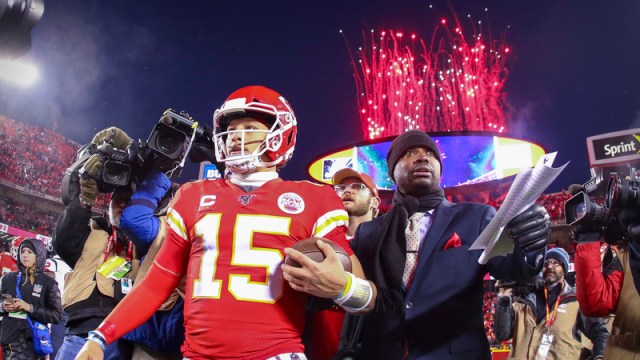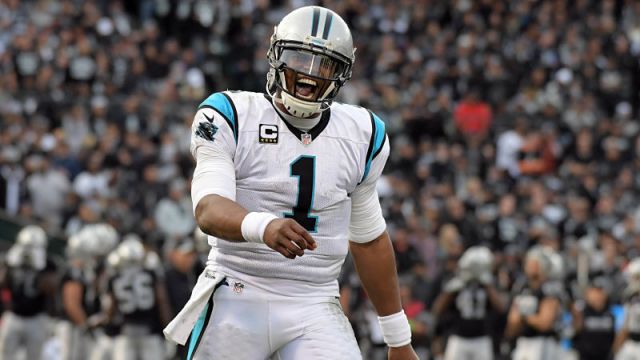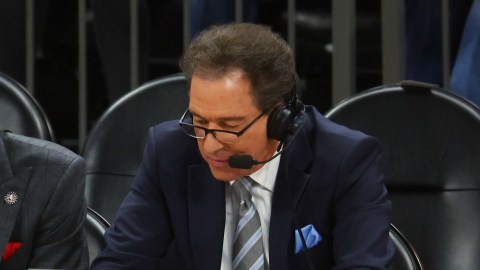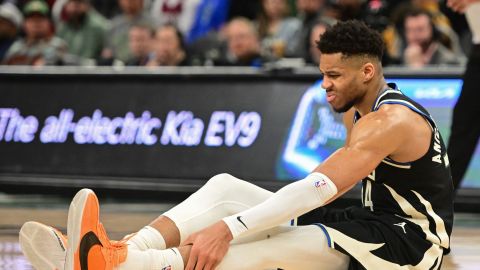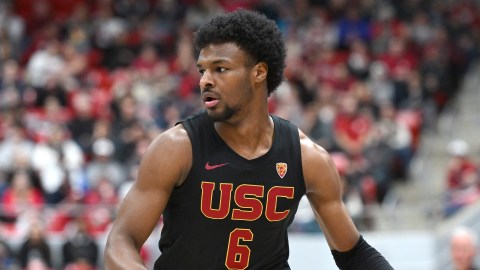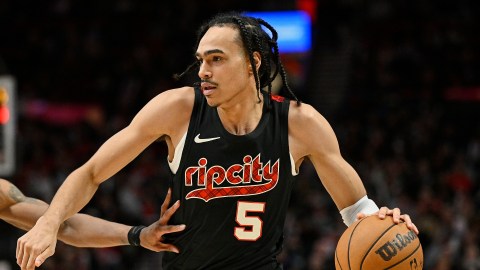As NBA teams travel to Orlando this week, we’re one step closer to basketball’s return.
Most every day that has passed between the announcement of the NBA’s return-to-play plan and when games are slated to tip-off on July 30, more details and logistics have continued to emerge.
It’s been a lot to process, so in case you need a refresher, here it is:
The NBA invited 22 teams to the league restart, all of which were either in at least eighth-place in their respective conference standings when the play was suspended on March 11, or within six games of eighth-place. That means there will be 13 Western Conference teams and nine from the Eastern Conference.
The Orlando session will begin after a quarantine period where players only practice amongst each other. Then, teams will play three scrimmages from July 22-28 before officially starting play July 30. During that time, teams will play eight “seeding games” to determine playoff brackets, with a potential play-in tournament if the No. 9 seed finishes within four games of the No. 8.
Ultimately, the top 16 teams will compete in what looks like your traditional NBA Playoffs, minus home-court advantage considering there are no fans allowed. Of course, then there’s the list of health and safety protocols, which is longer than a CVS receipt.
All this is going down at Walt Disney World Resort and the NBA looks to keep players isolated from everything going on beyond the campus walls.
Now that we have that refresher, here are some takeaways from the restart plan:
Addressing the COVID-19 elephant in the room
When NBA writer Keith Smith of Yahoo Sports literally wrote the Disney World plan into existence, recommending the campus as a great idea for a centralized location in April, the state of Florida hadn’t seen the surge of new COVID-19 cases that have recently spiked.
Still, NBA commissioner Adam Silver thinks keeping players quarantined within the Disney campus is safer than other options, and a handful of positive cases won’t be enough to stop play like it did in March.
That being said, a substantial outbreak will be enough to ruin all the meticulous planning around the return.
More NBA: Adam Silver Discusses Social Justice Messages After Players Criticize List
The NBA did everything it could to make sure Zion Williamson was included
The league didn’t want to bring every team back, obviously, because the fewer bodies quarantined on campus, the safer everyone is.
So by allowing teams within six games of a playoff seed to bid for a shot at making the postseason, the NBA made it so a ton of talent has the opportunity to play, and essentially, make the league more money.
Point in case: Zion Williamson and the New Orleans Pelicans.
The unbalance of teams returning in the West compared to the East does actually make a lot of sense. At the time of the pause, the Memphis Grizzlies were in eighth place with the most difficult remaining schedule while teams like the Pelicans, Portland Trail Blazers, Sacramento Kings, San Antonio Spurs and Phoenix Suns all are just a few games back of that coveted playoff cutoff. The East, meanwhile, was more black and white in terms of which teams should qualify.
Giving these teams in the hunt a fair chance at making the playoffs while reaping the monetary benefit from having players like Zion and Trail Blazers guard Damian Lillard involved seems like a no brainer.
Using the NBA’s platform to fight against racial injustices is a priority, but we’ll see if it lives up to player expectations
With everything going on in the world, especially as conversations about racism and police brutality have swept the nation, some players didn’t want to participate in the NBA’s return in fear that it would take away from the protests.
Some players, like Kyrie Irving, felt that the games would be a distraction. But for others, with all eyes going to be on the NBA when it comes back, what bigger platform could they ask for?
That’s why the “central goal” in returning-to-play will be the emphasis on combating racism and bringing further attention to social injustices. The NBA is depicting that as they’re allowing players to substitute their last names on their jerseys with social justice message during games, but some players were vocal in their disappointment with the list of approved messages they could choose from.
Still, the players have their voices, and the NBA is the best league in the world when it comes to letting them use them. We’ll see what else the league does to push towards progress.
This summer might change the NBA’s schedule forever
The schedule is already drastically different with a four-month hiatus in the middle, so we won’t see the NBA Finals ending until mid-October, which is normally when we’d see the preseason beginning.
But by playing through the summer then taking a short break before restarting the season on December 1, the NBA may realize a few things. Mainly, that dominating television in the summer when nothing else is on (sorry baseball) is pretty cool, and not having to compete with the NFL in the fall is even better.
Sources: NBA's expected restart dates:
– July 30-Aug. 14: Seeding games
– Aug.15-16: Play-in tournaments
– Aug. 17: Playoffs begin
– Aug. 30: Family/guests of teams arrive
– Aug. 31-Sept. 13: Conf. Semifinals
– Sept. 15-Sept. 28: Conf. Finals
– Sept. 30-Oct. 13: NBA Finals— Shams Charania (@ShamsCharania) June 12, 2020
Compared to other sports leagues, the NBA and NBPA won return-to-play negotiations
All things considered, major props to the NBA and the NBPA for working around the clock with constant discussion between the two entities to make this return happen. The NBA led the way in shutting everything down at the right time due to coronavirus concerns. It’s no surprise it was the first to put an official plan in place.
We’re excited to see how it all plays out.

